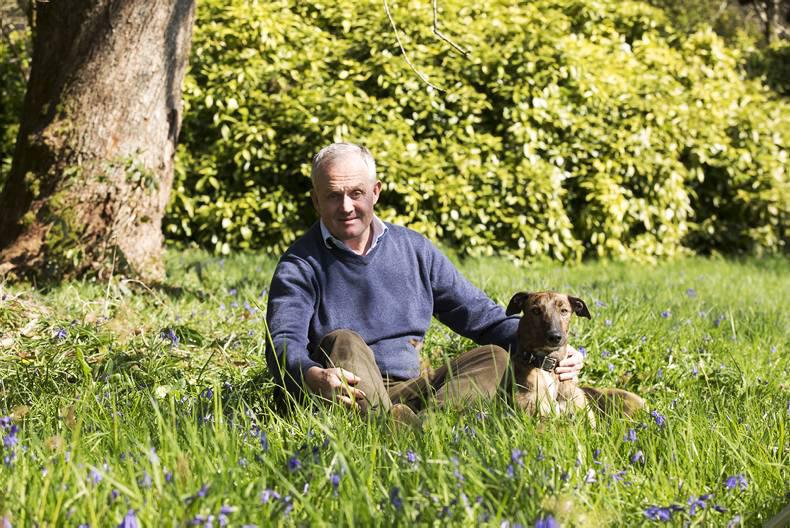This was the dilemma Irish Country Living faced when visiting Curraghmore House to meet Henry de la Poer Beresford, aka Lord Waterford.
Do we say sir? Or Henry? Do we need to curtsey?
It turned out we didn’t need to be concerned. Lord Waterford, who was the Earl of Tyrone before taking on his late father’s title in February, doesn’t seem too bothered with formalities.
Though he is a quiet and unassuming man, he seems highly amused by our stunned reaction to his house and its surroundings.
“It’s home to us, more than anything,” he says.
The estate is open to the public, and will host a Mary Black concert on Saturday 19 September, as part of the Comeraghs Wild festival. The Curraghmore Bluebell Festival also took place here during the spring, and the estate is looking at hosting more events. Standing in the courtyard, it’s hard not to be taken aback. The estate will make quite a venue. It makes sense to promote it as such.
Is it the next Slane? “Not quite,” says Lord Waterford, “but it’s a possibility. This is our first venture so we’ll have to see how things go. The house and gardens are open. They were always open, but not marketed very strongly,” he says.
“It’s an additional source of income. The whole place needs another stream of funding rather than depending farming and forestry.”
The estate is 800 years old and boasts a rich history. Near the entrance of the house you can see St Hubert’s Stag, a deer’s head with a cross between its antlers, which saved the estate during the Civil War when the IRA came to burn the place down.
Legend has it that they retreated when they saw the cross, taking it as a sign from God to leave well alone. There’s also the Shell House, which was lined entirely with shells by Catherine, Countess of Tyrone, in 1754. She was the only woman to ever inherit the estate.
The interior of the house is filled with portraits of past custodians, antique furniture and beautiful art, all of which can be viewed by the public.
Lord Waterford’s image doesn’t hang on the walls with his ancestors just yet (“he has to earn his keep before he gets that,” jokes Basil, Curraghmore House’s wonderful butler/tour guide) but he is fully aware of his responsibility to the estate and the area.
“You always learn something new here,” he says. “It’s a fantastic place to live, but I’m just the custodian for my lifetime. I hope to hand it on to my son, and he’ll do the same.”
Lord Waterford farms 1,000 sheep and 80 sucklers, as well as forestry. He is also very fond of horses, with an all-weather gallop and 40 refurbished stables on the grounds of Curraghmore.
“My first love is horses but I love stock and wildlife. I’m always outside,” he says.
“The Comeraghs is a beautiful area. We have mountains and we’re close to the sea. There’s huge choice here for visitors.”
Alan Walsh works with Lord Waterford in helping to organise the upcoming Comeraghs Wild Festival, due to take place from 17-20 September. He says Curraghmore House is an important part of the community’s history.
“This place has massive potential and it’s great to see it come alive,” he says. “We’re really trying to promote Waterford as a tourist destination and it’s great to have Lord Waterford opening Curraghmore up to the public.”
Lord Waterford lived in England for six months of the year before making the permanent move to Curraghmore in February.
It was a change for him but the focus now is keeping the estate alive, and that means sharing it with the rest of the world.
“Having people walk around the house is hard to get used to, but they are keeping the roof on the place. It’s more of a privilege than a hindrance, living here.” CL
Comeraghs
Wild Festival
Running from 17-20 September,
The Comeraghs Wild Festival offers a range of events across the region. Highlights include Mary Black at Curraghmore House, a play atop the mountains and adventure sports. Many of the events are free. Tickets for Mary Black cost €27.50.
Visit www.comeraghswild.com
or follow on Facebook
and Twitter.






 This is a subscriber-only article
This is a subscriber-only article











SHARING OPTIONS: